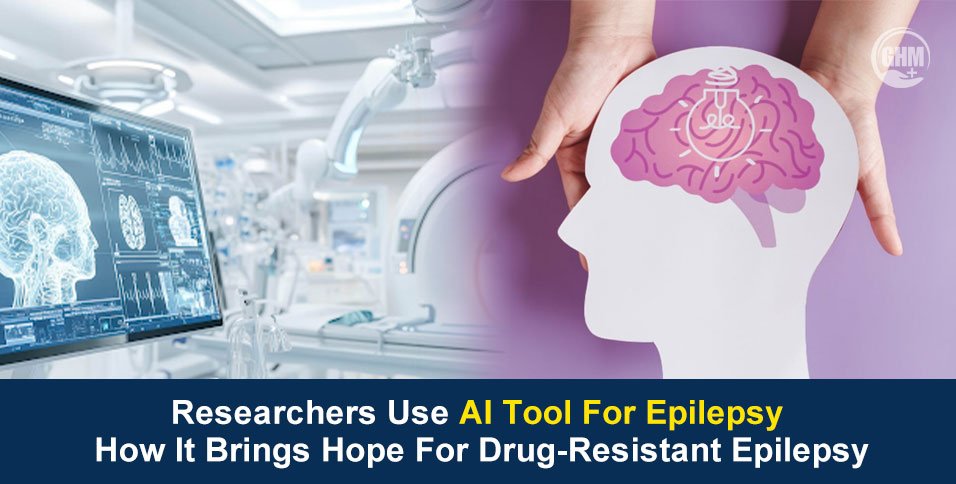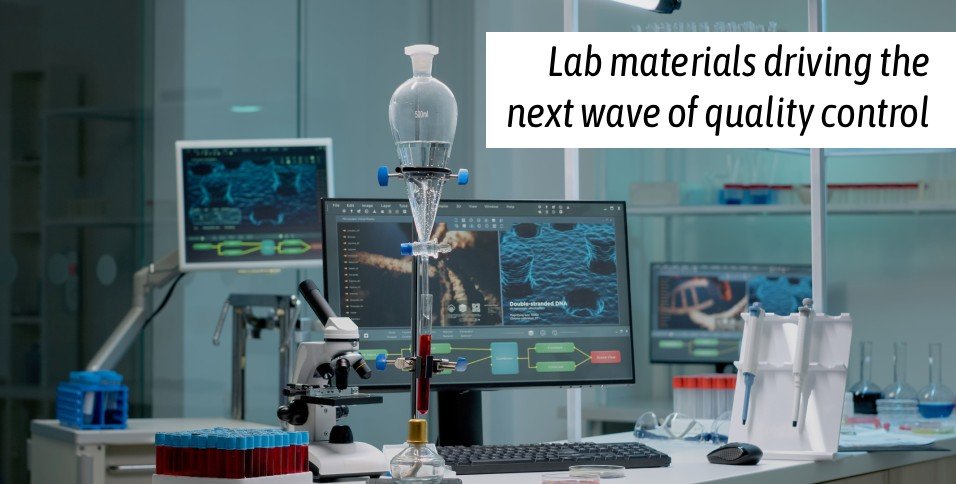In a recent breakthrough, researchers used an AI tool for epilepsy to help an Eleven-year-old John, battling with continuous seizures. The doctors detected a tiny lesion in his brain, and surgeons removed the tissue, and John has been seizure-free since.
For most people with epilepsy, anti-seizure medications work well. But around 30% of patients continue to experience seizures despite multiple drugs, a condition called drug-resistant epilepsy.
But this breakthrough is offering new hope by detecting hidden brain lesions that standard scans often miss, enabling life-changing surgical interventions. This case shows how this technology is transforming outcomes, especially for children who have exhausted conventional medication options.
Drug-resistant Epilepsy
Epilepsy is classified as drug-resistant when a patient fails to respond to at least two appropriate anti-seizure medications. Persistent seizures can severely impact quality of life, increasing risks of injury, cognitive decline, and social challenges.
When medications fail, doctors must explore alternative treatments. Surgical intervention can be effective, but only if the lesion causing seizures is identified. This is where having the AI tool for epilepsy becomes a game-changer.
Failure of Medicines
- Many cases of drug-resistant epilepsy are caused by small structural brain abnormalities, such as focal cortical dysplasia, that evade detection on conventional MRI scans. If lesions go unnoticed, surgery cannot be properly targeted.
- The AI tool for epilepsy, developed by researchers from Melbourne, combines MRI and PET imaging with advanced AI algorithms to detect subtle anomalies.
- According to MCRI, lesions missed in 80% of conventional MRI scans were correctly identified in up to 94% of cases using the AI system.
Working Of The AI Tool For Epilepsy
1. Enhanced detection of hidden lesions
The AI system analyses multiple layers of imaging data, highlighting tiny anomalies that can be as small as a blueberry. These lesions often escape human detection.
2. Faster and more precise decisions
Once a candidate lesion is flagged, neurologists and surgeons can act quickly. In Melbourne trials, 12 children underwent surgery guided by the AI tool, and 11 became seizure-free.
3. Safer, targeted surgery
The AI tool enables surgeons to precisely remove abnormal tissue while preserving critical areas of the brain responsible for movement, speech, and cognition.
4. Better outcomes for drug-resistant patients
For children and adults whose epilepsy does not respond to medications, this tool opens the door to a potential cure or a significant reduction in seizures, beyond symptom management.
Challenges & Considerations
While promising, using the AI tool to cure epilepsy is not without limitations:
- Availability & cost: PET scans are expensive and not available in all hospitals.
- Radiation exposure: PET involves low radiation, a concern especially in children.
- Accuracy: False positives or negatives may occur, requiring expert review.
- Implementation: Hospitals need investment in software, staff training, and infrastructure.
Future Of The AI Tool In Epilepsy
Researchers aim to expand the use of AI tools in hospitals worldwide, including adult epilepsy care.
Additional innovations under study include:
- Predictive AI models to estimate surgical outcomes
- Wearable AI sensors to monitor seizures in real time.
Experts predict these technologies could redefine epilepsy care by enabling earlier detection, safer surgeries, and improved patient outcomes.
Conclusion
The AI tool for epilepsy represents a major breakthrough for patients with drug-resistant seizures. By detecting tiny lesions invisible to human eyes, it guides targeted surgeries that can drastically improve or even cure lives.
As adoption spreads, this innovation could shift the global standard of care for those living with drug-resistant epilepsy.



















